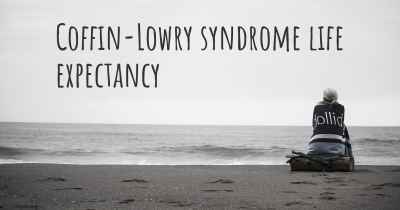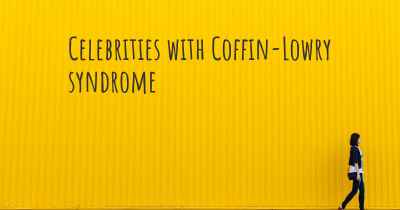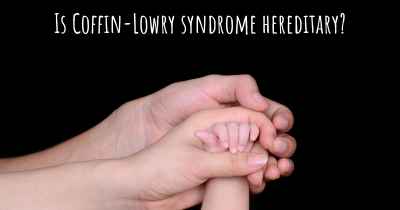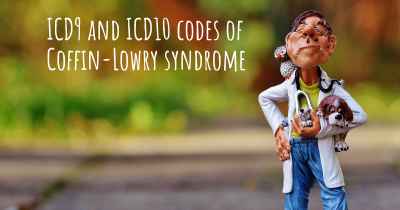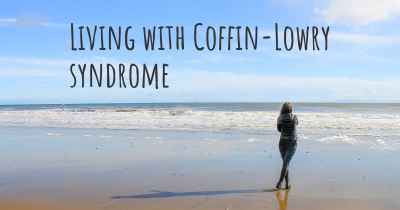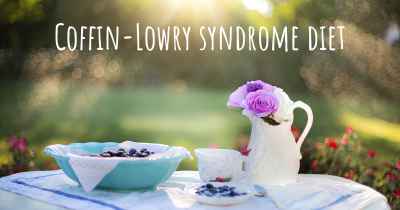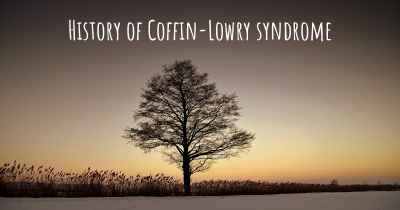Is there any natural treatment for Coffin-Lowry syndrome?
Are there natural treatment(s) that may improve the quality of life of people with Coffin-Lowry syndrome? Here you can see if there is any natural remedy and/or treatment that can help people with Coffin-Lowry syndrome
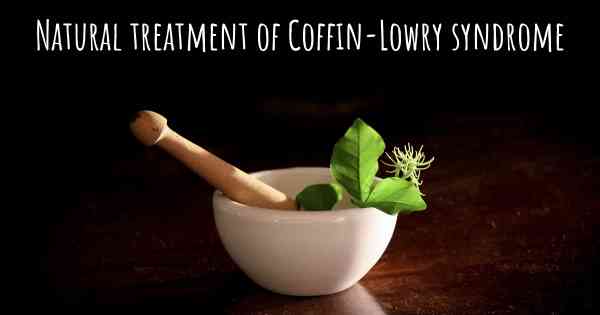
Natural Treatment for Coffin-Lowry Syndrome
Coffin-Lowry syndrome (CLS) is a rare genetic disorder that primarily affects the development and function of the brain. It is characterized by intellectual disability, distinctive facial features, and various physical abnormalities. While there is no known cure for Coffin-Lowry syndrome, there are several natural treatment approaches that can help manage the symptoms and improve the quality of life for individuals with this condition.
Dietary Modifications
Dietary modifications can play a significant role in managing the symptoms of Coffin-Lowry syndrome. A well-balanced diet that includes a variety of nutrient-rich foods can support overall health and development. It is important to consult with a healthcare professional or a registered dietitian to create a personalized meal plan that meets the specific needs of individuals with CLS.
Supplementation
Supplementation with certain vitamins and minerals may be beneficial for individuals with Coffin-Lowry syndrome. While each case is unique, some commonly recommended supplements include:
- Omega-3 fatty acids: Found in fish oil, flaxseed oil, and walnuts, omega-3 fatty acids have been shown to support brain health and cognitive function.
- Vitamin D: Adequate vitamin D levels are important for bone health and immune function. Supplementation may be necessary if blood tests reveal a deficiency.
- Antioxidants: Antioxidant-rich foods and supplements, such as vitamin C and vitamin E, can help reduce oxidative stress and inflammation in the body.
Physical Therapy
Physical therapy can be highly beneficial for individuals with Coffin-Lowry syndrome. It focuses on improving motor skills, coordination, and muscle strength. A physical therapist can design a customized exercise program to address specific needs and help individuals with CLS achieve their maximum physical potential.
Occupational Therapy
Occupational therapy aims to enhance daily living skills and promote independence. Occupational therapists work with individuals with Coffin-Lowry syndrome to improve fine motor skills, self-care abilities, and sensory integration. They may recommend adaptive devices or techniques to facilitate independence in activities of daily living.
Speech and Language Therapy
Speech and language therapy can greatly assist individuals with Coffin-Lowry syndrome in developing effective communication skills. Speech therapists use various techniques to improve speech articulation, language comprehension, and social communication. Augmentative and alternative communication (AAC) systems, such as sign language or communication boards, may also be introduced to facilitate communication.
Behavioral Interventions
Behavioral interventions can help manage challenging behaviors and improve social skills in individuals with Coffin-Lowry syndrome. Applied Behavior Analysis (ABA) is a commonly used approach that focuses on reinforcing positive behaviors and teaching new skills through structured and consistent interventions. A qualified behavior analyst can develop an individualized behavior plan tailored to the specific needs of each person.
Supportive Therapies
In addition to the aforementioned treatments, supportive therapies can also be beneficial for individuals with Coffin-Lowry syndrome. These may include:
- Music therapy: Music can have a positive impact on mood, communication, and cognitive abilities. Music therapy sessions can be tailored to the individual's preferences and needs.
- Art therapy: Engaging in creative activities can provide an outlet for self-expression and emotional well-being.
- Animal-assisted therapy: Interacting with animals, such as therapy dogs, can promote social interaction, reduce anxiety, and improve overall emotional health.
- Sensory integration therapy: This therapy focuses on addressing sensory processing difficulties and enhancing sensory experiences through various activities.
Emotional and Social Support
Living with Coffin-Lowry syndrome can present emotional and social challenges for both individuals with CLS and their families. Seeking emotional and social support from support groups, counseling services, or online communities can provide a valuable network of understanding and guidance. Sharing experiences, concerns, and coping strategies with others who are facing similar situations can be immensely helpful.
It is important to note that while these natural treatment approaches can help manage the symptoms of Coffin-Lowry syndrome, they should always be implemented under the guidance of healthcare professionals. Each individual with CLS is unique, and treatment plans should be tailored to their specific needs and abilities.
